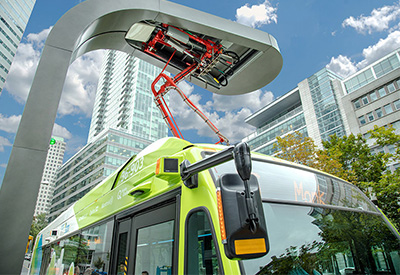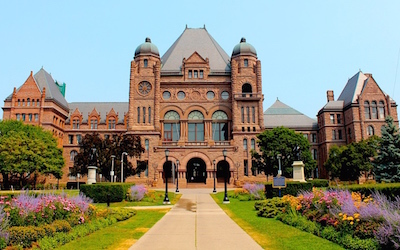Schneider Electric Cuts Five Years from its Carbon Neutrality Goal

Oct 21, 2019
Schneider Electric announced at Climate Week NYC 2019 that it is stepping up its commitment to carbon neutrality with three new actions: (1) accelerating its 2030 goal of carbon neutrality by demonstrating carbon neutrality in its extended ecosystem by 2025, bringing forward its objective by 5 years (2) achieving net-zero operational emissions by 2030 as part of validated SBT target and (3) engage with suppliers towards a net-zero supply chain by 2050. These targets are expected to contribute to the Intergovernmental Panel on Climate Change’s (IPCC) goal of capping global temperature increase at 1.5°C.
Schneider Electric is also calling on other companies to reduce emissions, offering support through products and services to help businesses streamline and find efficiencies within their own operations.
In the move towards carbon neutrality, Schneider Electric has established several safety nets to ensure communities are not negatively impacted during the transition. The company’s Access to Energy program will provide electricity to 80 million by 2030 and train more than one million underprivileged people by 2025.
The company has two impact investing vehicles aimed to support inclusive startups, which activity contributes to SDG7 (clean and affordable energy), through equity investments. The expected outcomes of these vehicles are to increase the number of households and small and medium enterprises connected to the grid in remote areas (Africa, India and South East Asia), and to decrease the number of households facing energy poverty in Europe.
Go HERE for more information
















